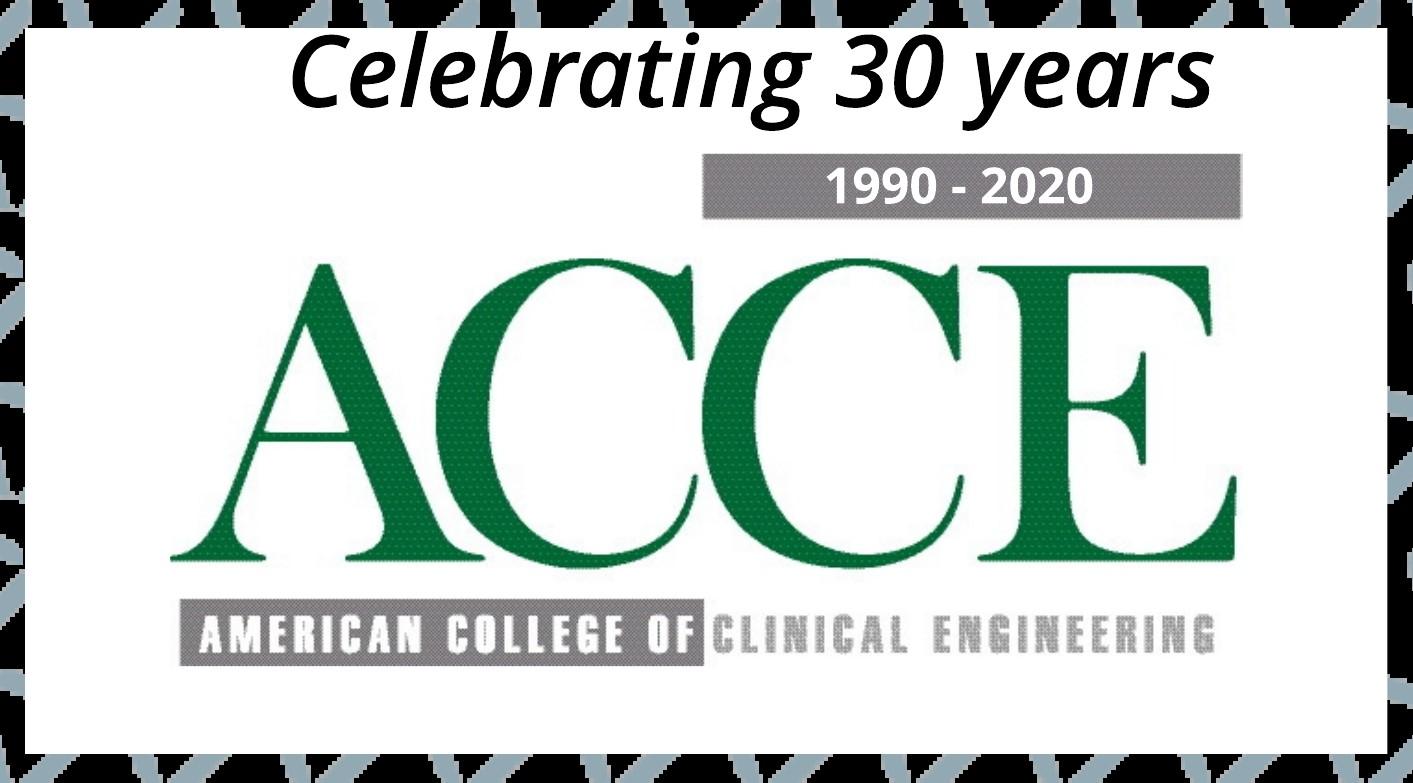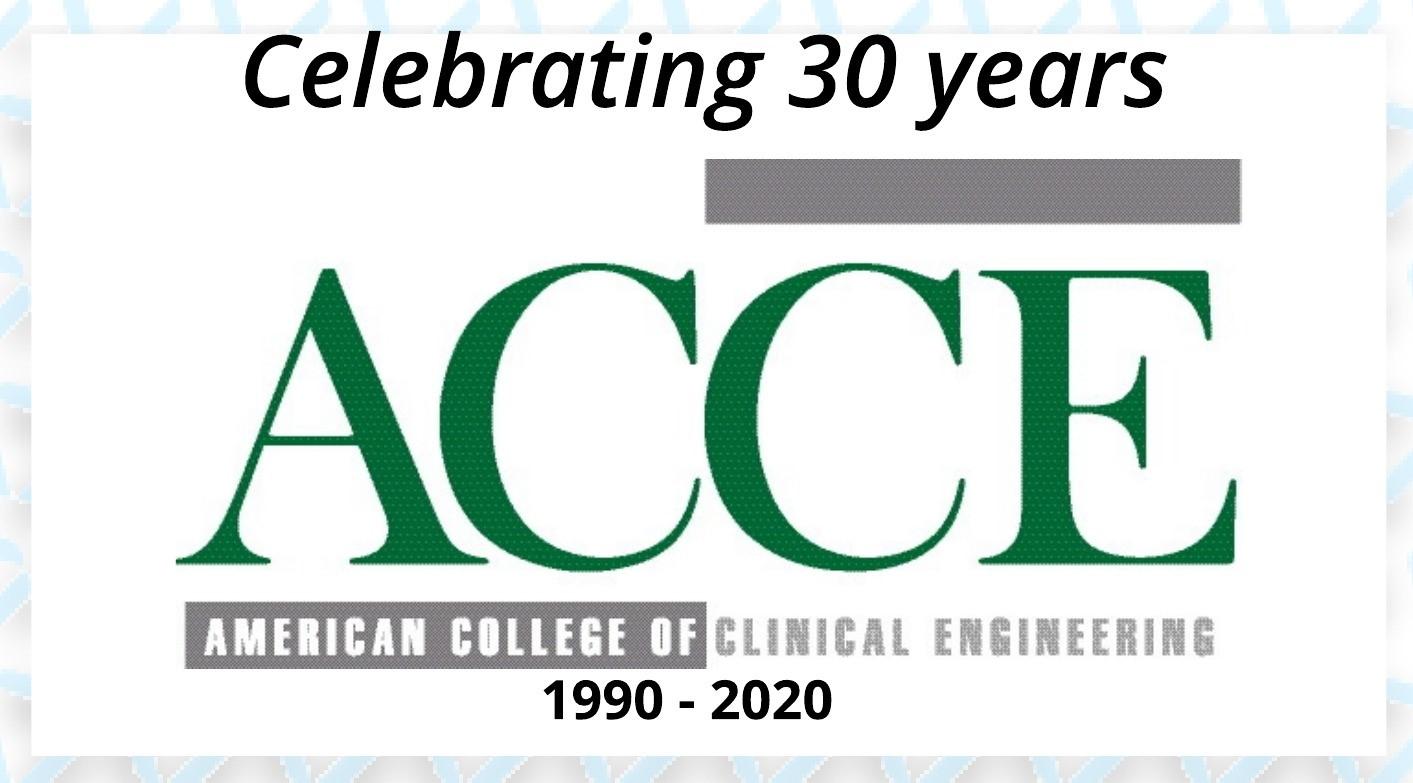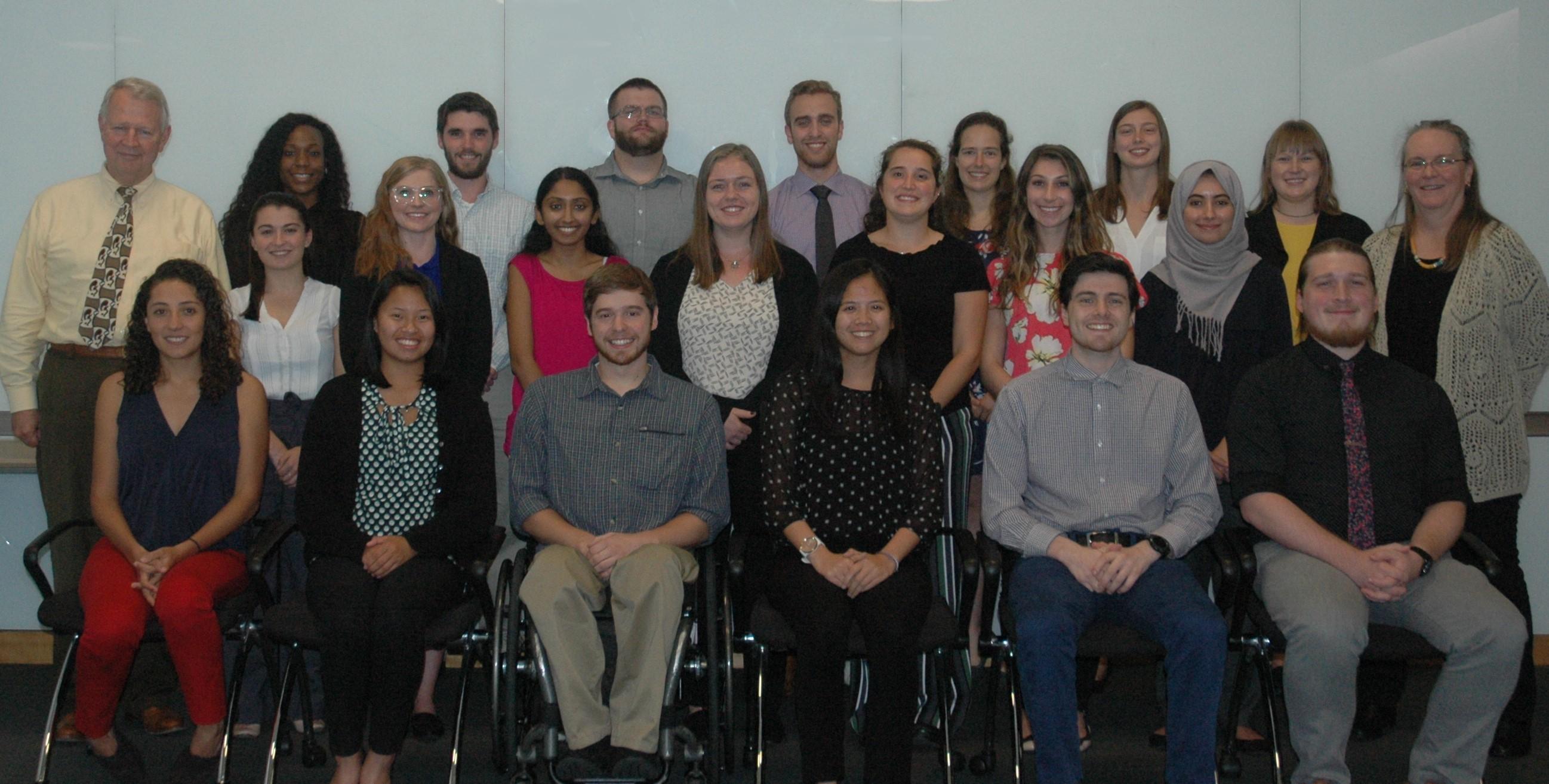
3 minute read
CCE Prep
In this column we are providing sample questions and information regarding preparation for the CCE exam. The column is written by a group of certified clinical engineers who have taught CCE Prep courses. The sample questions are based on topics from the ACCE Body of Knowledge survey and the CCE Study Guide, version 9. Note that the instructors for the ACCE CCE Prep courses, and the writers for this column, do NOT have any affiliation with the CCE Board of Examiners and have no access to the actual exam questions. If you have specific topics you would like us cover please contact editor@accenet.org.
1. The Safe Medical Devices Act of 1990 (SMDA) requires a report to the manufacturer and/or the FDA whenever:
a) any medical device fails regardless of patient injury or death.
b) SMDA does not require reporting. Reporting is optional.
c) SMDA only requires reporting for patient deaths caused by medical devices.
d) a medical device fails and causes, or is likely to have caused, serious patient injury or death.
Correct answer: d
Explanation: In 1990, Congress enacted the Safe Medical Devices Act (SMDA) to increase the information that the FDA and manufacturers receive about serious problems with medical devices. Under SMDA, device user facilities (i.e., healthcare delivery organizations) are required to report deaths and serious injuries to which a medical device has or may have caused or contributed to that adverse event. Deaths are reportable to the FDA and the manufacturer. Serious injuries just to the manufacturer.
Reference: https://www.slideshare.net/BMETWiki/smda accessed: 7/1/2020
2. Service manuals:
a) Vendors are required by U.S. federal law to provide service manuals for all medical devices. b) It is a best practice for HDOs to require service manuals in purchase orders and to not pay vendors until the manuals are provided.
c) Service manuals are not needed anymore since this information can always be obtained on the internet.
d) Service manuals are usually provided without requesting them, and at no cost, upon delivery of the medical equipment.
Correct answer: b
Explanation: The FDA only requires service manuals for x-ray emitting devices (21CFR1020.30). Current interpretation of federal regulations is that service manuals for other, non-x-ray emitting medical equipment, is not mandated in the U.S. Service manuals are recommended in NFPA-99 and other AAMI and HTMrelated publications but these are not referenced in federal regulations. Therefore, it is a best practice for HDOs to request service manuals in purchase orders, state the specifications for the manuals (e.g. include PM procedures, replaceable parts list, calibration procedures, service software requirements etc), and include in the device’s purchase terms and conditions that the purchase order will not be paid in full until the manuals are delivered.
Reference: https://aamiblog.org/2017/07/06/williamhyman-can-the-fda-solve-the-servicemanual-problem/ accessed: 7/1/2020 https://www.accessdata.fda.gov/scripts/ cdrh/cfdocs/cfcfr/CFRSearch.cfm? FR=1020.30 accessed: 7/1/2020
3. The primary difference between a Root Cause Analysis (RCA) and Failure Mode and Effect Analysis (FMEA) is:
a) There is little difference. They are essentially the same.
b) FMEA is the obsolete version of
RCA
c) FMEA is primarily looking for potential failure modes and their effects in a system and its components. RCA is looking at real failures during a review after an incident.
d) RCA is primarily looking for potential failure modes and their effects in a system and its components.
FMEA is looking at real failures during a review after an incident.
Correct answer: c
Explanation: Two commonly used tools for analyzing medical device failures and near misses are FMEA (Failure Mode and Effect Analysis) and RCA (Root Cause Analysis).
Failure Modes and Effects Analysis (FMEA) is a systematic method for evaluating a device or process. It is typically used proactively - before a problem occurs - to attempt to predict the most common failure modes
(Continued on page 5)






